Description
Drs. Stephen M. Stahl and Bret A. Moore have created an instant classic in Anxiety Disorders: A Guide for Integrating Psychopharmacology and Psychotherapy. Anxiety Disorders is a comprehensive reference for the psychiatry and psychology student, intern, or resident, early career psychiatrist or psychologist, and the busy clinician. It distills the most important information regarding combined treatments for anxiety and presents the material in an easily accessible, understandable, and readable format. Each chapter addresses a specific type of disorder: PTSD, panic, generalized anxiety, obsessive-compulsive and other disorders, and is authored by prominent clinicians with years of experience in providing integrated, individualized treatments. With its thorough exploration of psychopharmacological treatments, psychosocial treatments, and, crucially, the integration of the two, Anxiety Disorders is a text no 21st-century clinician or student can afford to be without.






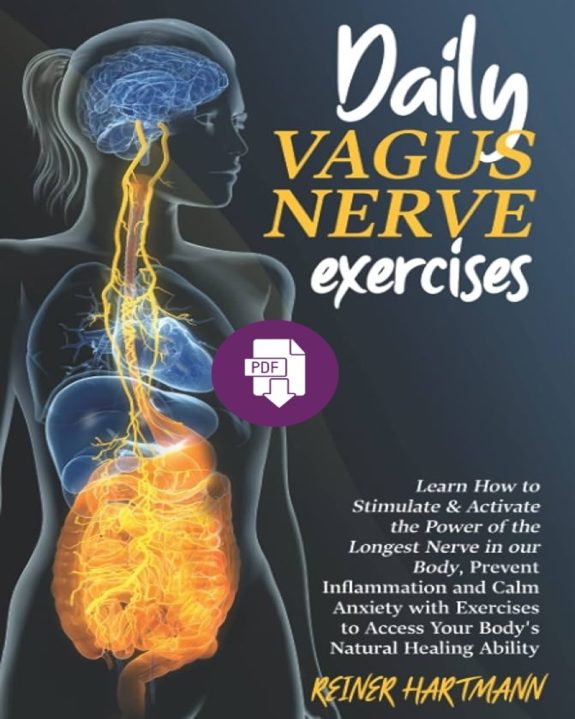



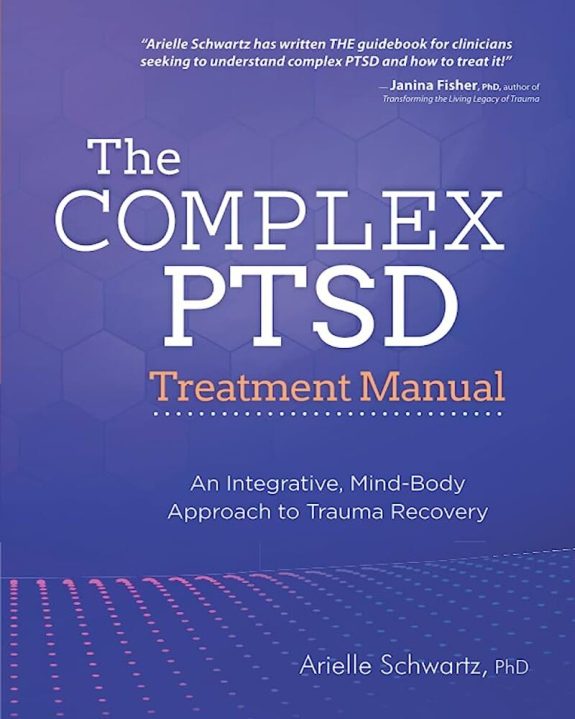

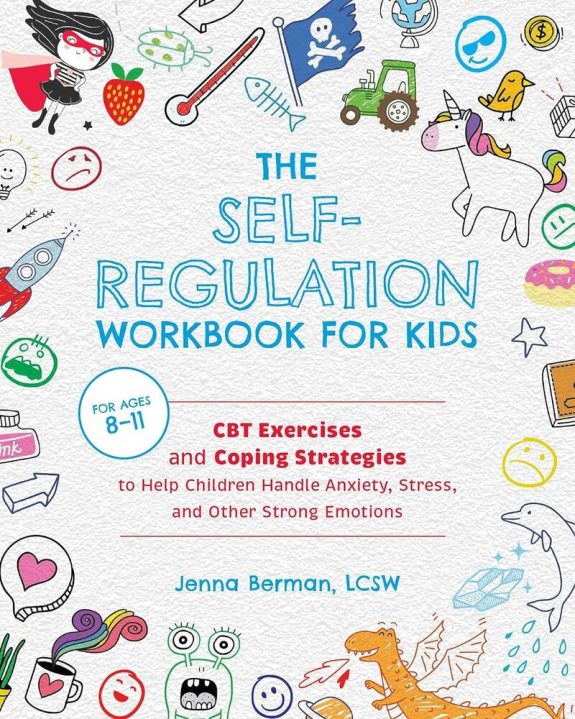

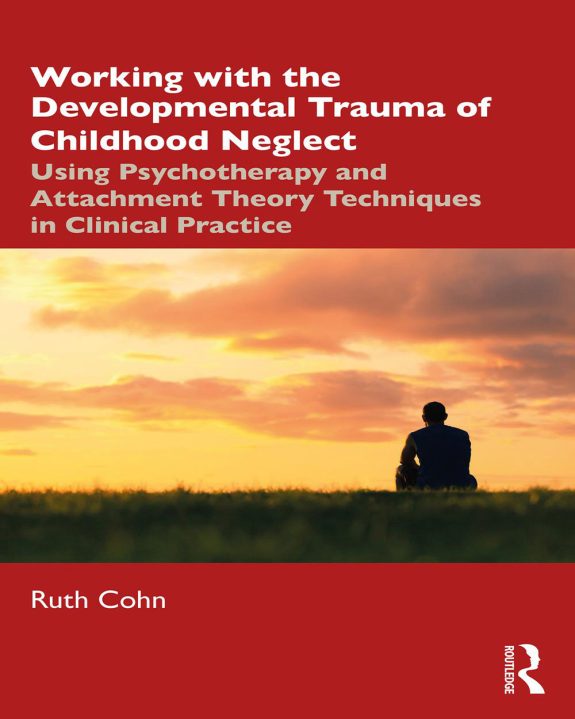
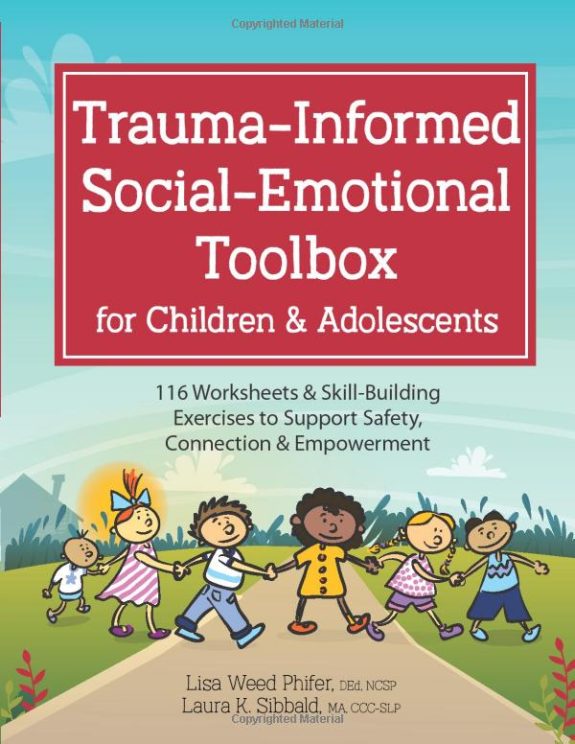

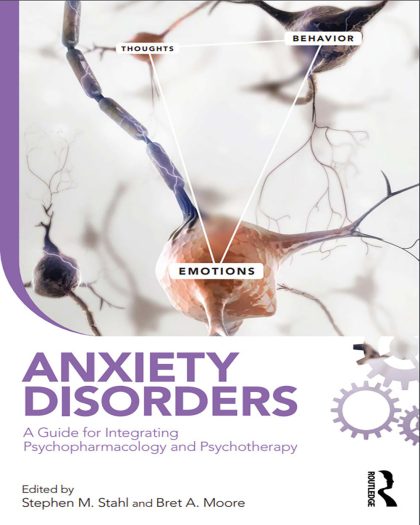
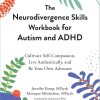
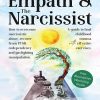
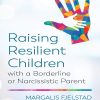
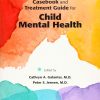
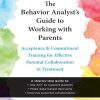
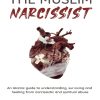

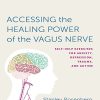
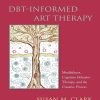
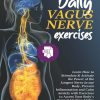





Used this text for a class I taught on anxiety disorders. While some of the subject matter is dated – it was published just as the DSM-5 was coming out and uses DSM-IV TR criteria. Students enjoyed it and felt it was helpful and not overly difficult to understand. I am hoping the authors will publish an updated edition.
A very useful, scientifically-based guide for clinicians of all disciplines treating clients for a range of anxiety disorders. The case examples and “clinical points” are particularly insightful. A sensitive balance between behavioral and medication options. Aloha, Pat Deleon, former President of the American Psychological Association.
This book is a great resource for clinicians of all levels. It is well written and thorough, and provides many helpful case examples. It comprehensively reviews the most up-to-date information on psychopharmacological and psychosocial treatments for each anxiety disorder – knowledge that is essential for any practicing clinician.
Stahl and Moore have edited an excellent clinical review of all major anxiety disorders, balancing psychotherapeutic principles as well as drug therapy.
An excellent source for clinicians.
This book is distinguished by its clarity and accessibility. The inclusion of case examples was extremely helpful in illustrating the conceptual points, as well as making for an interesting read. Clinicians will no doubt find this to be a valuable addition to their libraries.